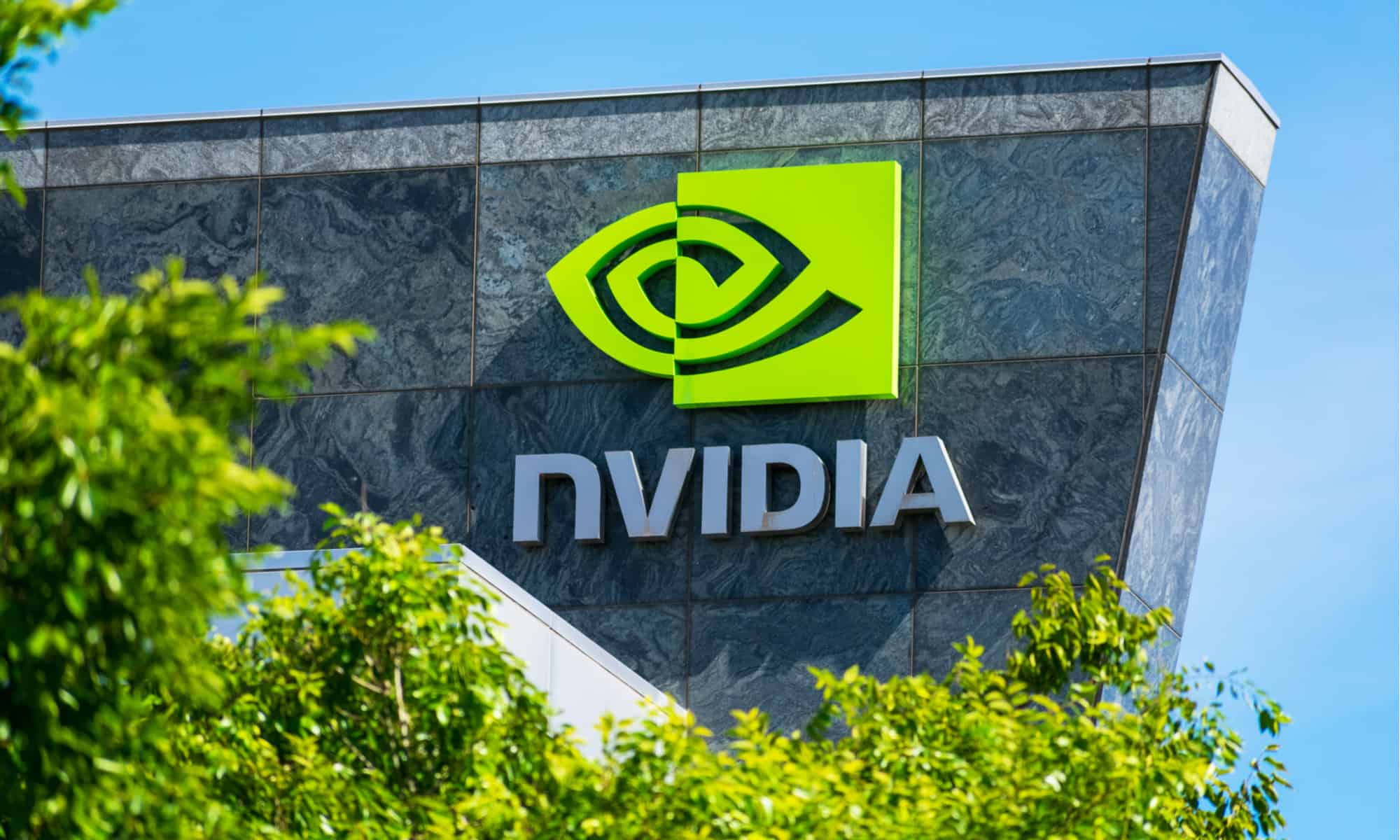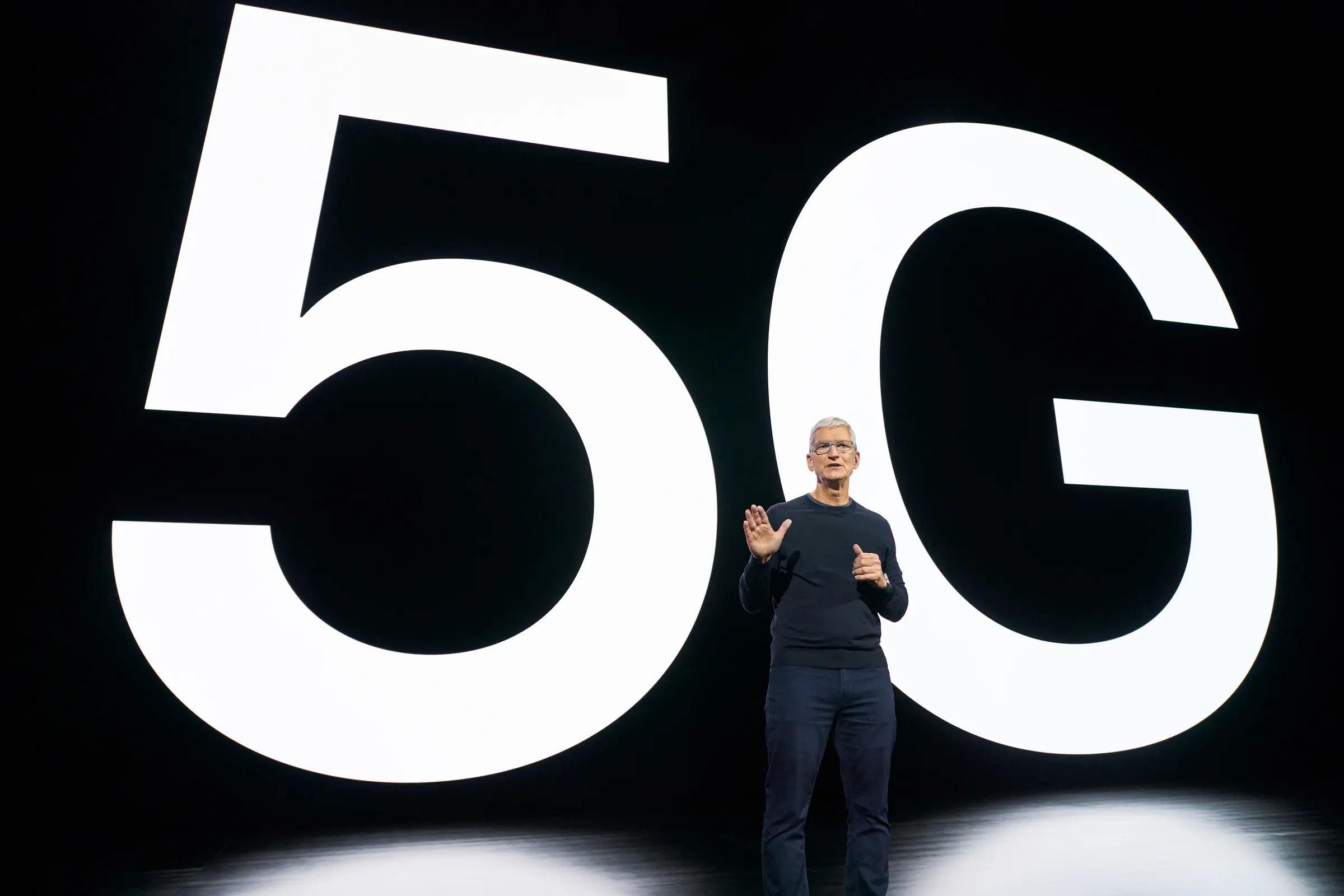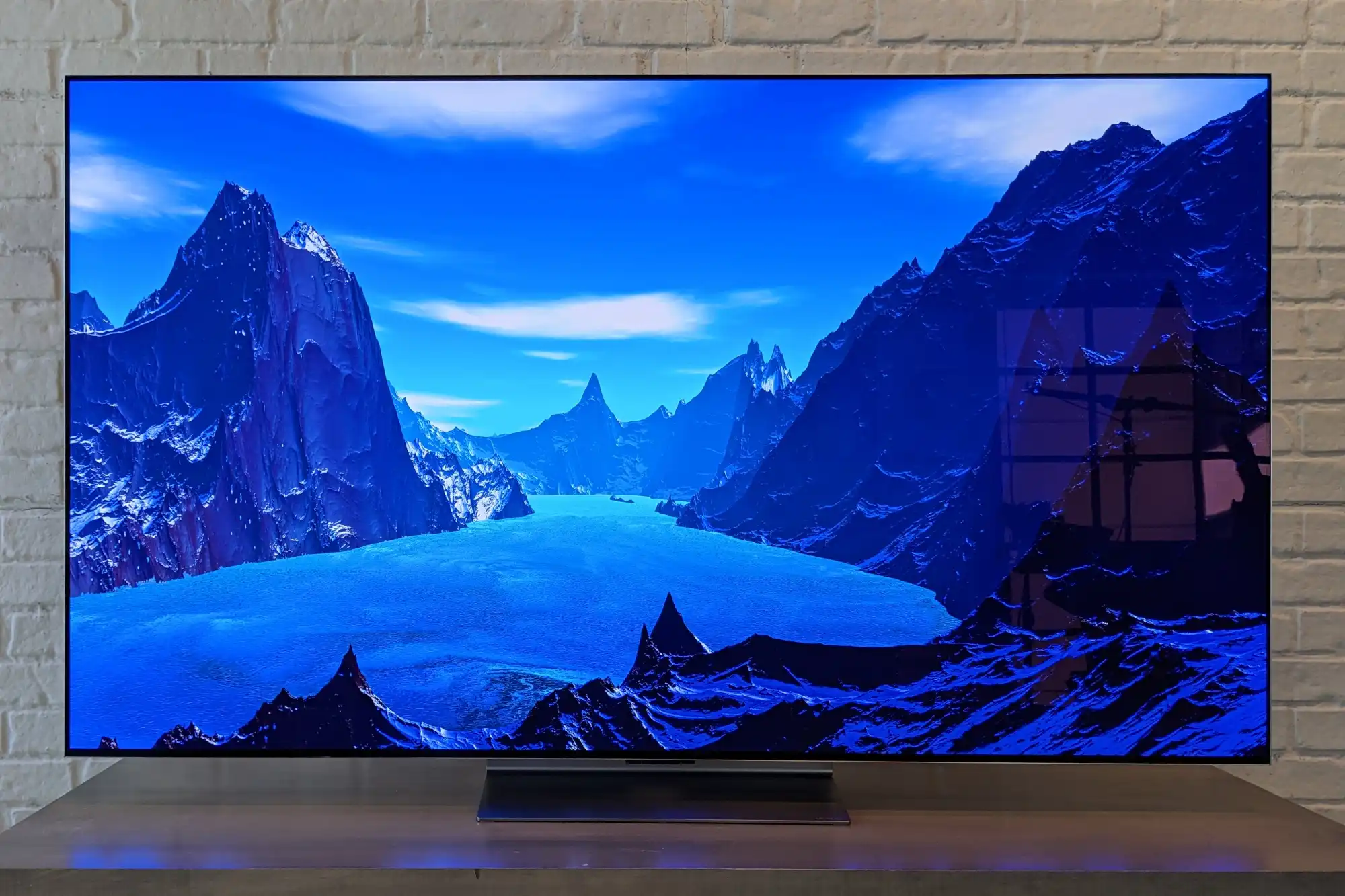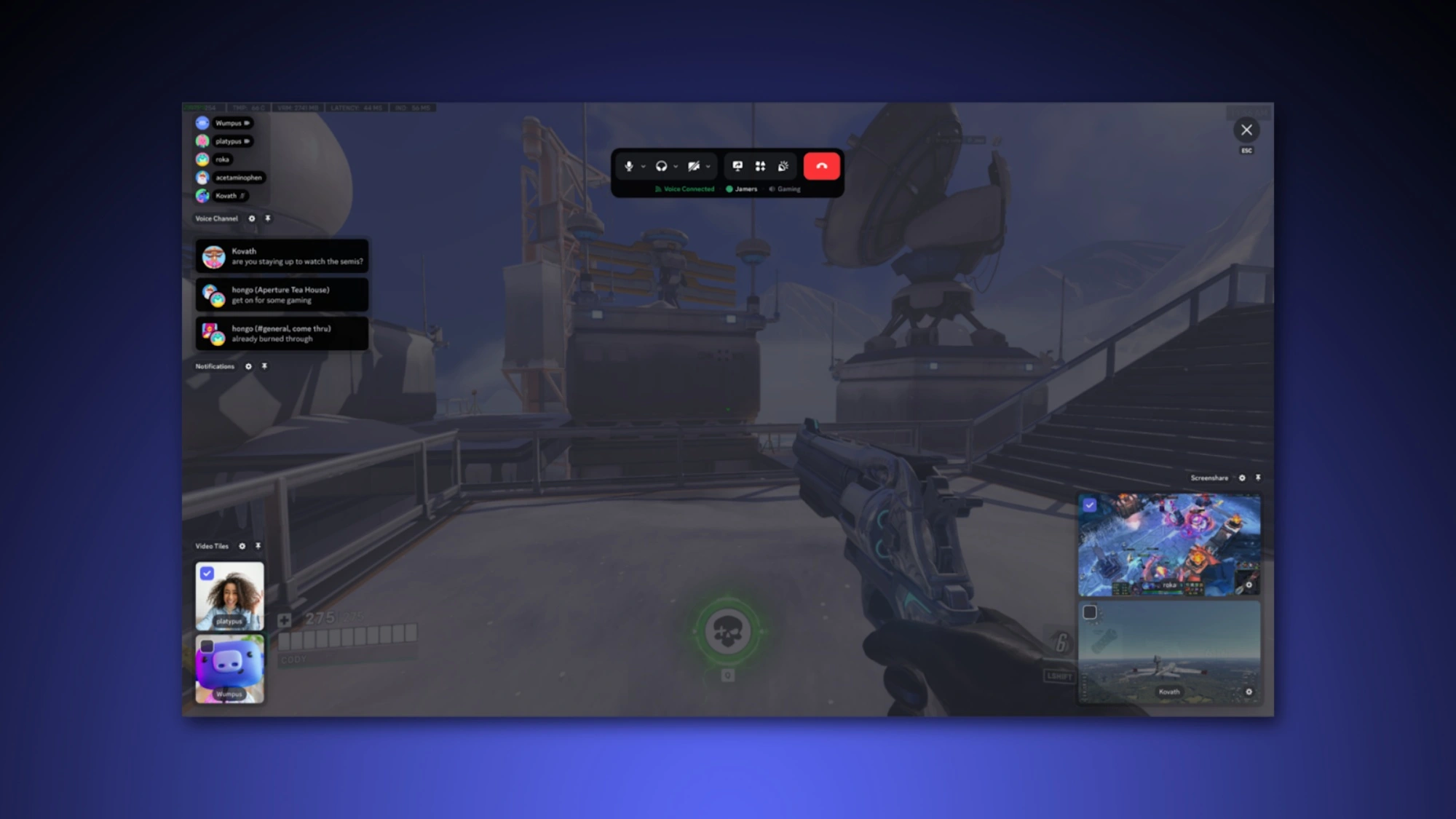
Nvidia CEO Discusses AI in PC Graphics at CES Following GeForce 50-Series Launch
Following the debut of the highly anticipated Nvidia GeForce 50-series graphics cards, Nvidia CEO Jensen Huang addressed a key question at CES: could PC graphics become entirely AI-generated in the future? Huang’s response was a definitive “no,” emphasizing the enduring role of artists and traditional rendering.
The question arose as Nvidia’s DLSS 4 technology pushes the boundaries of AI in graphics. DLSS 4 can infer three AI-generated frames from a single traditionally rendered frame, a significant leap from DLSS 3’s ability to insert frames between GPU-rendered ones. Despite this progress, Huang clarified that AI still requires foundational “context” to create visually cohesive and immersive game worlds.
Huang explained that in video games, this context includes spatial and world geometry, early textures, and more. He likened it to text-based AI like ChatGPT, which uses structured context to generate coherent responses. Nvidia’s GPUs will continue to render crucial elements, such as one out of every four forward-looking frames in DLSS 4, ensuring precision and alignment with the artist’s vision.
While AMD’s Frank Azor suggested that machine learning could eventually generate every pixel in a game, Huang argued that collaboration between AI and human creativity is essential for grounding generative AI in narrative and spatial relevance. He concluded by reaffirming the indispensable role of artists and developers in shaping future gaming experiences.




